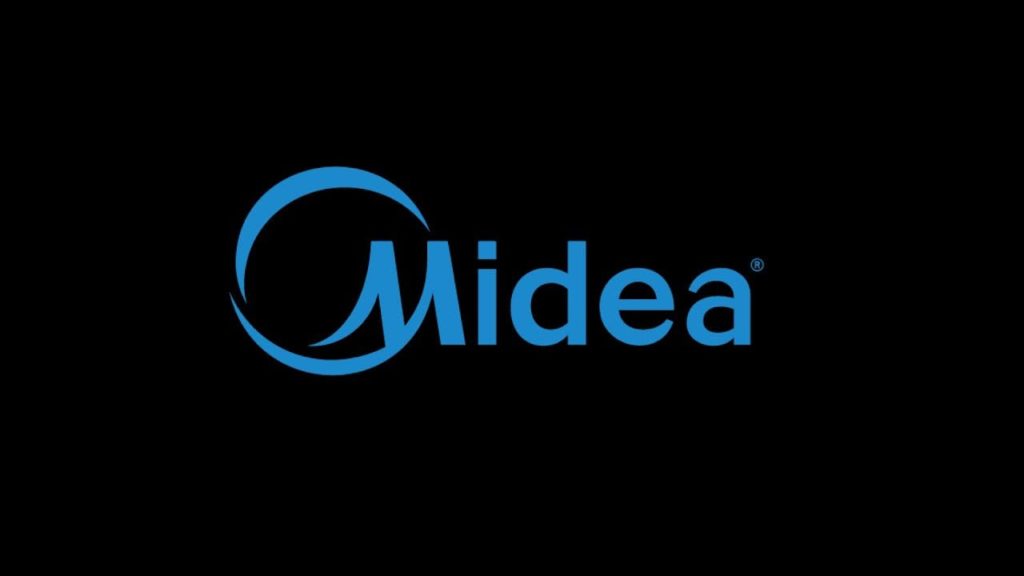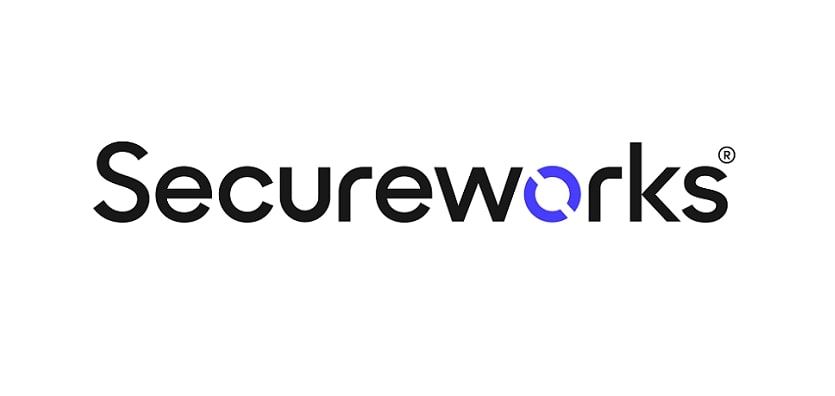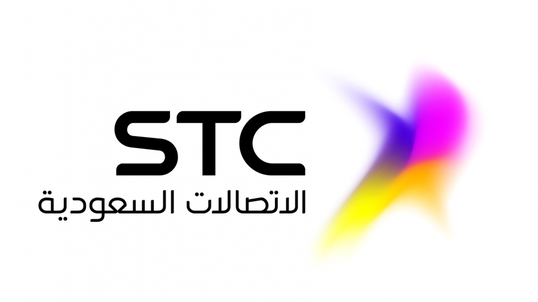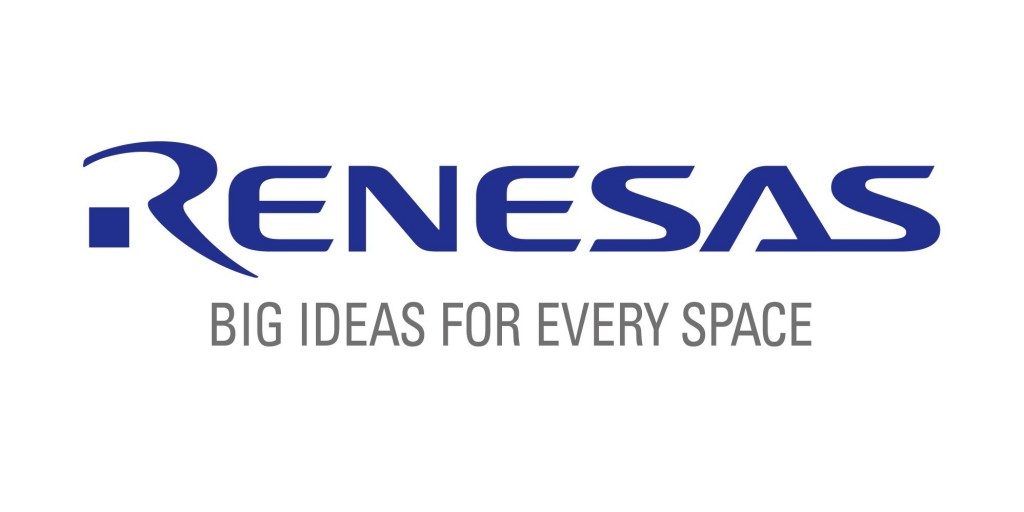EchoStar – An American Telecommunication Company Famous For Providing Satellite Communication Across The Globe.
Televisions, even after the digital era swooped in and everything started getting available on the internet, are still in demand. With advanced technology, we have found a way to give our television internet access and make our entertainment more profound. So, televisions, the internet, and satellite communication seem to play a very vital role in our everyday life. EchoStar is a leading company in the telecommunication sector which is famous for providing all these services globally. Founded in 1980 by Charles Ergen, the company gained popularity in a short period of time. The popular DISH network operated under EchoStar but it was spun off in 2008. Currently, the company has two subsidiaries, namely, Hughes Network System and EchoStar Satellite Services.
Founding History of EchoStar
Charles Ergen is the founder of EchoStar who is currently serving as the Chairman of the company as well. When the company was founded it acted as a distributor of C band TV systems. After doing business as a distributor for a few years, the company applied for a direct broadcast satellite (DBS) license. In 1992, the Federal Communications Commission approved the request and the company looked forward to launching its first satellite. After three years, the company successfully launched EchoStar I, the first satellite of EchoStar, and next year it launched its home satellite TV system. For rolling out this new product by EchoStar, the company settled for a new brand name which was Dish Network. And, now we know the origin of the famous Dish brand.
After operating for more than a decade, Dish Network was spun off as a separate entity from the rest of the EchoStar business. The total shares were split and the name of the newly independent company was changed from EchoStar Communications Corporation to DISH Network Corporation. The rest of the EchoStar business still has satellite technology, set-top box business, and Sling Media. Assets, infrastructure, and certain liabilities were distributed between these two companies and they started trading as two separate entities. Though the companies have been separated, a majority of the voting power of the shares of both DISH and EchoStar still lies with Charles Ergen and by a certain trust established by him.
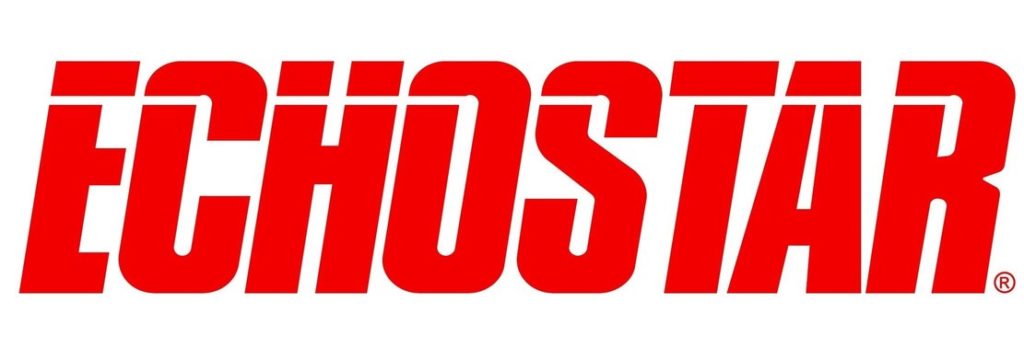
Present Days
Until 2010, the company was settling and reorganizing itself after the big spin-off. In 2011, the company decided to acquire Hughes Communications and the deal was closed at $3.1 billion. In 2017, EchoStar and DISH again struck a new deal and the former gave certain technologies back to DISH. These include digital set-top boxes, satellite uplinking and broadcast services, and streaming video technology. After these technologies were given back to DISH it once again acquired the status of the set-top box hardware manufacturer.
The year 2017 was very exciting for EchoStar as SpaceX delivered EchoStar XIII into orbit after a delay of a few days. This satellite was launched on the Falcon 9 Rocket and it currently provides broadcast services to Brazil. It was for the first time in space history that a pad that was used as a base for Apollo moon trips launched a purely commercial satellite. A couple of years back, the company transferred the broadcast satellite business to DISH as the company decided to focus more on broadband services.
Founder – Charles Ergen
Charles William Ergen is a famous American billionaire and a successful businessman. He is mainly famous as the co-founder of DISH and EchoStar. Before he founded the company, he worked as a financial analyst for Frito-Lay. He quit the company in 1978 and started working to establish a new company that has pioneered in communication and technology. Charles apart from being the current Chairman of EchoStar also played his part as the CEO of Dish Network which went on and off for some time. Currently, Charles Ergen owns 46 percent and 48 percent of the total shares of EchoStar and Dish respectively.
CEO – Michael Dugan
Michael Dugan was named the CEO and President of EchoStar in 2009. He is also been a member of the board of directors since 2007. Michael joined the company in 1990 and he witnessed the split of Dish and EchoStar and led the latter just after the spin-off. He joined the company as the Vice President of Engineering.

Annasha Dey is an NIT student, who apart from studying engineering is also a content writer. She has a great interest in photography, writing, reading novels, and travelling as well. She is a foodie who loves socializing and hanging out with her friends. She is also a trained Kathak dancer and a big fashion enthusiast. Dey also loves watching TV series, which includes F.R.I.E.N.D.S. and Big Bang Theory. To be a better writer she prefers to read more
